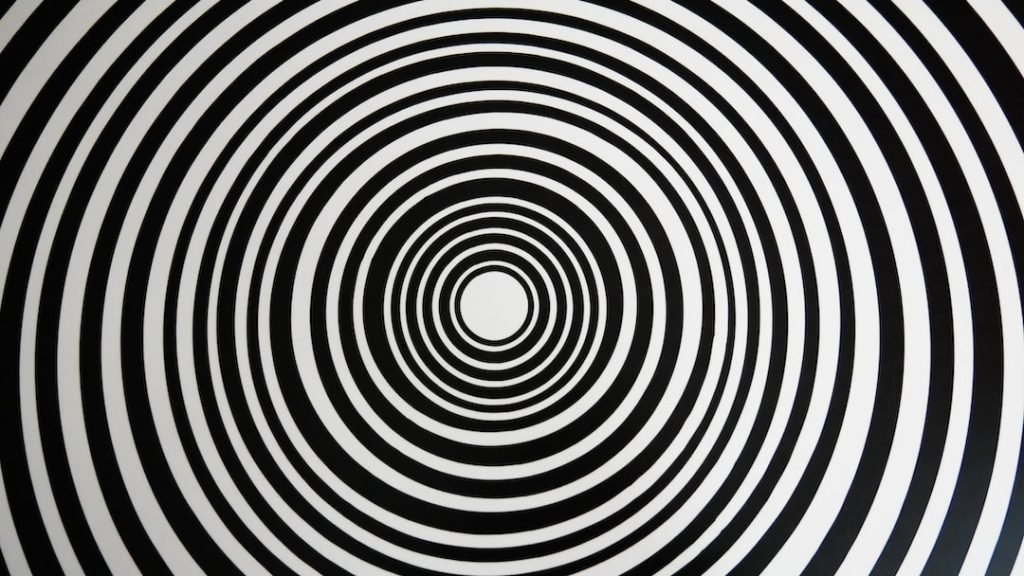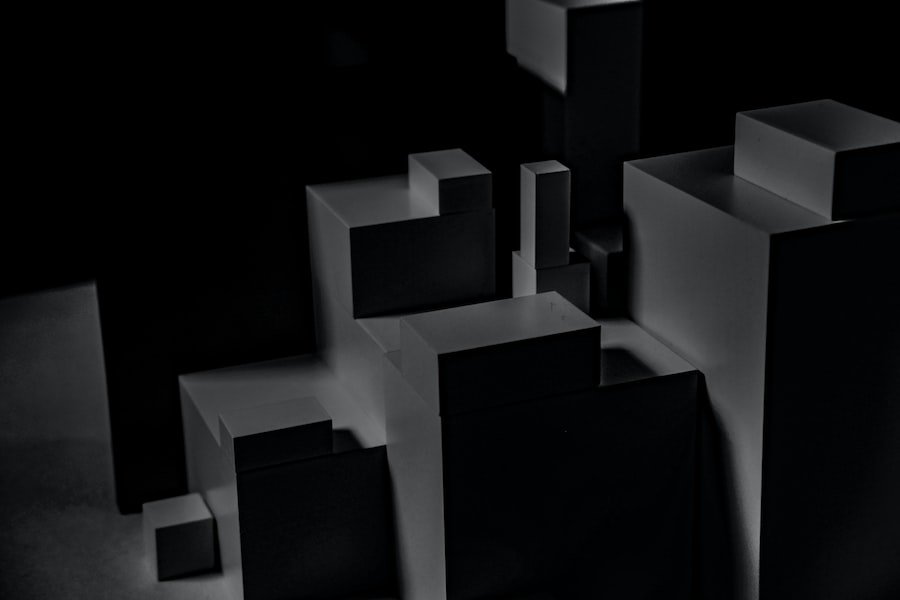

Shapes in French: Circle, Square, Triangle, and More
Learning shapes in French is an essential part of building a strong foundation in the language. Shapes are not only important for basic communication, but they also play a significant role in various aspects of French culture, literature, and art. In this article, we will explore the different shapes in French and how they are used in everyday conversation, as well as in more advanced contexts.
Some of the most common shapes in French include the circle (cercle), square (carré), triangle (triangle), and rectangle (rectangle). These shapes are not only used to describe objects, but they also have symbolic meanings in French culture. For example, the circle is often associated with unity and eternity, while the square represents stability and balance. By learning these shapes and their meanings, you can gain a deeper understanding of the French language and culture.
Table of Contents
ToggleBasic Vocabulary for Shapes in French: Learning the Names of Common Shapes
To start learning shapes in French, it is important to familiarize yourself with the names of common shapes. Here is a list of some of the most common shapes in French along with their English translations:
– Circle – Cercle
– Square – Carré
– Triangle – Triangle
– Rectangle – Rectangle
– Oval – Ovale
– Diamond – Losange
– Pentagon – Pentagone
– Hexagon – Hexagone
– Octagon – Octogone
To memorize shape vocabulary in French, it can be helpful to create flashcards or use mnemonic devices. For example, you can associate the word “cercle” with the English word “circle” by imagining a circle drawn around the letter “c” in “cercle”. Additionally, practicing writing and saying the names of shapes out loud can help reinforce your memory.
How to Describe Shapes in French: Adjectives and Phrases for Shape Descriptions
In addition to learning the names of shapes in French, it is also important to know how to describe them using adjectives and phrases. Here are some common adjectives used to describe shapes in French:
– Rond (round)
– Carré (square)
– Triangle (triangular)
– Rectangulaire (rectangular)
– Ovale (oval)
– Losange (diamond-shaped)
– Pentagonal (pentagonal)
– Hexagonal (hexagonal)
– Octogonal (octagonal)
To describe a shape in French, you can use phrases such as “Il a une forme de triangle” (It has a triangle shape) or “C’est un carré parfait” (It’s a perfect square). These phrases can be used in various contexts, such as describing the shape of an object or discussing geometric concepts.
Using Shapes in French Conversation: Examples of Common Phrases and Expressions
Shapes are commonly used in everyday conversation in French. Here are some examples of common phrases and expressions that use shape vocabulary:
– C’est un cercle vicieux – It’s a vicious circle
– Elle est dans son petit monde carré – She is in her own little square world
– Il est le maillon faible de l’équipe – He is the weak link of the team
– Elle a une personnalité triangulaire – She has a triangular personality
– C’est un rectangle parfaitement équilibré – It’s a perfectly balanced rectangle
By incorporating shape vocabulary into your everyday conversation, you can enhance your language skills and make your speech more colorful and expressive.
Fun Activities for Learning Shapes in French: Games, Exercises, and Quizzes
Learning shapes in French can be made more enjoyable through fun and interactive activities. Here are some suggestions for activities to practice shape vocabulary:
1. Shape-themed games: Play games like “I Spy” or “Guess the Shape” where you describe a shape in French and others have to guess what it is.
2. Shape flashcards: Create flashcards with different shapes and their names in French. Practice matching the shape with its corresponding name.
3. Online quizzes: Take online quizzes or use language learning apps that offer shape-related exercises and quizzes in French.
There are also many resources available online that provide shape-related activities and exercises in French. Websites like Duolingo, FluentU, and Quizlet offer interactive exercises and quizzes to help you practice and reinforce your knowledge of shapes in French.
Advanced Shapes Vocabulary in French: Learning More Complex Shapes and Geometric Terms

Once you have mastered the basic shapes in French, you can expand your vocabulary by learning more complex shapes and geometric terms. Here are some examples:
– Cylindre (cylinder)
– Pyramide (pyramid)
– Ellipse (ellipse)
– Parallélogramme (parallelogram)
– Trapèze (trapezoid)
– Symétrie (symmetry)
– Fractale (fractal)
– Sphère (sphere)
– Cube (cube)
To expand your shape vocabulary in French, you can use similar techniques as before, such as creating flashcards or using mnemonic devices. Additionally, practicing writing and saying the names of these more complex shapes out loud can help reinforce your memory.
Shapes in French Literature and Culture: Examples from French Literature and Art
Shapes play a significant role in French literature and art. In literature, authors often use shape vocabulary to create vivid descriptions and convey deeper meanings. For example, in Marcel Proust’s “In Search of Lost Time,” the narrator describes a character’s face as having “triangular features,” which suggests a sharp and angular appearance.
In art, shapes are used to create visual compositions and convey emotions. The use of geometric shapes is particularly prominent in Cubist art, where artists like Pablo Picasso and Georges Braque broke down objects into geometric forms. This style of art revolutionized the way shapes were used in visual representation and had a lasting impact on the art world.
Shapes in French Music: Songs and Rhymes That Teach Shapes Vocabulary in French
Music and rhymes can be effective tools for learning shape vocabulary in French. There are several French songs and rhymes that teach shape vocabulary in a fun and engaging way. One example is the song “Le Carré Magique” (The Magic Square), which teaches children about different shapes and their properties.
By listening to and singing along with these songs, you can improve your pronunciation, vocabulary, and overall understanding of shape-related terms in French.
Shapes in French for Business: Vocabulary and Phrases for Describing Shapes in Business Contexts
Shape vocabulary is also important in business contexts in French. When describing products or logos, it is common to use shape-related terms. Here are some examples of common shape-related phrases and vocabulary used in business settings:
– Forme rectangulaire – Rectangular shape
– Design carré – Square design
– Logo circulaire – Circular logo
– Produit en forme de triangle – Product in the shape of a triangle
– Packaging ovale – Oval packaging
By incorporating shape vocabulary into your business conversations, you can effectively communicate your ideas and concepts.
Shapes in French for Travel: Vocabulary and Phrases for Describing Shapes in Travel and Tourism Contexts
When traveling or discussing tourist attractions, it can be useful to know how to describe shapes in French. Here are some common shape-related phrases and vocabulary used in travel and tourism settings:
– Monument en forme de pyramide – Monument in the shape of a pyramid
– Bâtiment carré – Square building
– Pont en arc – Arch bridge
– Plage en forme de croissant – Crescent-shaped beach
– Jardin avec des parterres géométriques – Garden with geometric flowerbeds
By using shape vocabulary in travel and tourism contexts, you can enhance your descriptions and better communicate your experiences.
In conclusion, learning shapes in French is not only important for basic communication, but it also provides a deeper understanding of the language and culture. By familiarizing yourself with the names of common shapes, learning how to describe them using adjectives and phrases, and incorporating shape vocabulary into various contexts, you can improve your language skills and enhance your overall fluency in French. Whether you are a beginner or an advanced learner, practicing shape vocabulary through fun activities, exploring more complex shapes and geometric terms, and discovering how shapes are used in literature, art, music, business, and travel can greatly enrich your language learning journey.
If you’re interested in learning French vocabulary, you might also enjoy this article on Shapes in French: Circle, Square, Triangle, and More. It provides a comprehensive guide to the different shapes in French and how to pronounce them correctly. Whether you’re a beginner or looking to expand your knowledge, this article is a great resource for improving your French language skills. Check it out here!
FAQs
What are the basic shapes in French?
The basic shapes in French are circle (cercle), square (carré), triangle (triangle), rectangle (rectangle), oval (ovale), diamond (losange), and star (étoile).
How do you pronounce the French words for shapes?
The French words for shapes are pronounced as follows: cercle (sehr-kluh), carré (kah-reh), triangle (tree-ahn-gle), rectangle (rehk-tahn-gluh), ovale (oh-vahl), losange (loh-zahnj), and étoile (ay-twahl).
What are some other shapes in French?
Other shapes in French include pentagon (pentagone), hexagon (hexagone), octagon (octogone), trapezoid (trapèze), cone (cône), cylinder (cylindre), and sphere (sphère).
How do you use shapes in French sentences?
Shapes in French can be used in sentences to describe objects or to give directions. For example, “Le gâteau est en forme de cercle” means “The cake is in the shape of a circle” and “Tournez à droite après le triangle” means “Turn right after the triangle.”
Are there any differences between the shapes in French and English?
The shapes in French and English are generally the same, but there may be slight differences in spelling or pronunciation. For example, the French word for rectangle is spelled “rectangle” while the English word is spelled “rectangle.”
If you want to learn Norwegian, you can register for classes here. We look forward to hearing from you and helping you become fluent in Norwegian.





